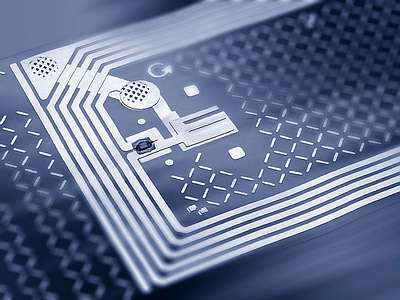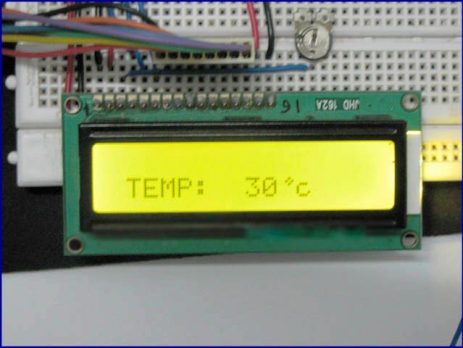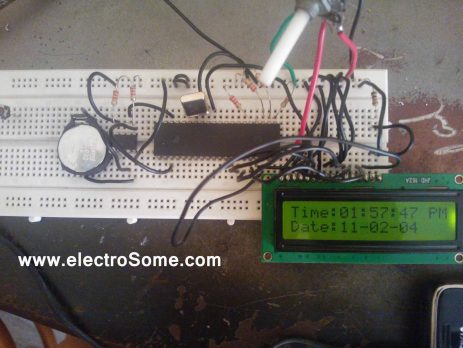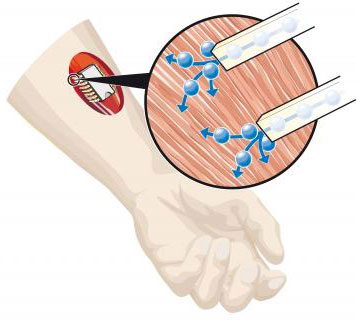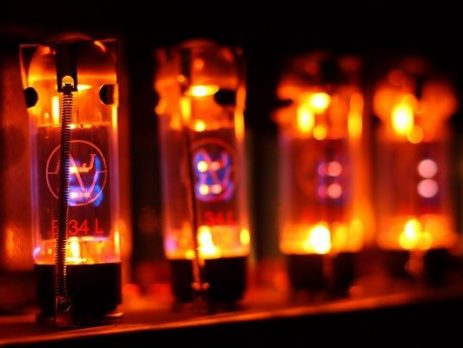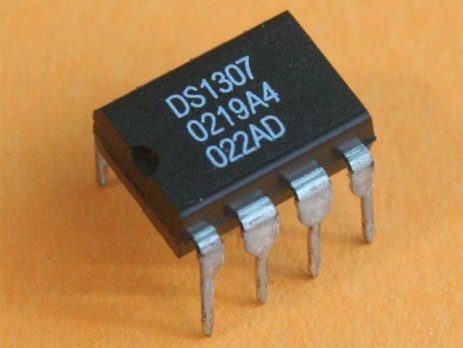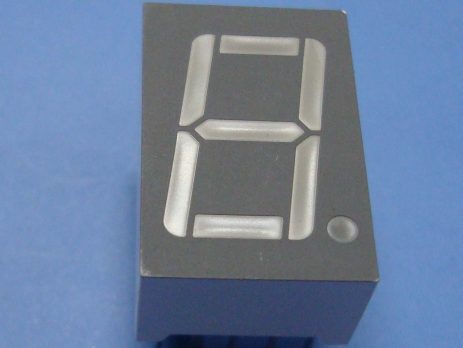RFID : Radio Frequency Identification
What is RFID or Radio Frequency Identification ? How it Works ? Radio Frequency Identification is a term that used to describe a wireless system that used for Automatic Identification and Tracking, it uses Radio Frequency electromagnetic fields to transfer data from tag attached to an object. Unlike UPC (Universal Product Code) Bar Code, this technology doesn't need line of sight communication and it can be read through clothing, human body or any non metallic materials. Therefore it is an excellent replacement for...


